What are lumen? Lumen vs. Watt
- Posted on
- By INTOLED
- 1

The brightness of a light source is measured in units of lumens, identified by the abbreviation 'lm'. But what does lm mean in lighting? Lumen is the amount of luminous flux produced by a light source. Let's take a closer look.
Comparing lumens with watts
What are lumens and watts? Before the advent of LEDs, lighting was typically selected on the basis of wattage. However, wattage is a unit of a lamp's energy consumption, not its light output. So when we talk about comparing watts and lumens, we are really talking about two different units.
This is because wattage used to be a convenient way of estimating the brightness of a light bulb, for example. The more watts a bulb used, the brighter it was. It sounds pretty logical when you think about it. However, technology has moved on from this theory. Nowadays we mainly use LED bulbs, which are specially designed to use as little energy as possible. As a result, there is no longer a correlation between consumption (wattage) and light output (lumens) as there used to be.
So the term lumen is now really necessary to describe the light output of a lamp. We didn't use it before, but now we can't really do without it.
First, a brief summary of the terms.
- Wattage is about energy consumption.
- What are lumens a measure of? Lumen is about light intensity, the brightness. With a dimmer, you can adjust the light intensity from low to very high.
- Then we have Kelvin, which is the colour temperature. This is the colour of the light. For example, a candle gives orange light and a street lamp gives white light.
Now back to the term lumen. We will give you some examples to help you understand this term.
Lumens and useful lumens
In general, the higher the number expressed in lumens, the brighter the light. When we talk about lamps and their luminosity, there are different types of lamps, each of which provides light in its own way. A candle, for example, gives light all around. A spotlight only gives light in one direction.
This is called the beam angle. You can imagine that if the light is scattered around the room like a candle, it will feel less 'bright' than if the same amount of light is focused like a recessed spotlight. Because each lamp has a different beam angle, it is difficult to compare lumens over such a wide range. This is why the European Union has introduced the concept of 'useful lumens'. This means that we no longer have to compare apples and oranges, but can fairly compare luminous intensities. From now on, we will look at the light emitted at a beam angle of 90º. So you know that if you come across a lamp with, say, 200 lumens, this means that the light source emits 200 lumens at a beam angle of 90 degrees.
Below is a picture of a lamp where you can see that the lamp has a beam angle of 90 degrees. The light is emitted at a 90 degree angle. Along the edges you can see some extra light, which is light that is left over and does not fall within the 90 degree angle. This 'light spill' is not included in the lumen count.
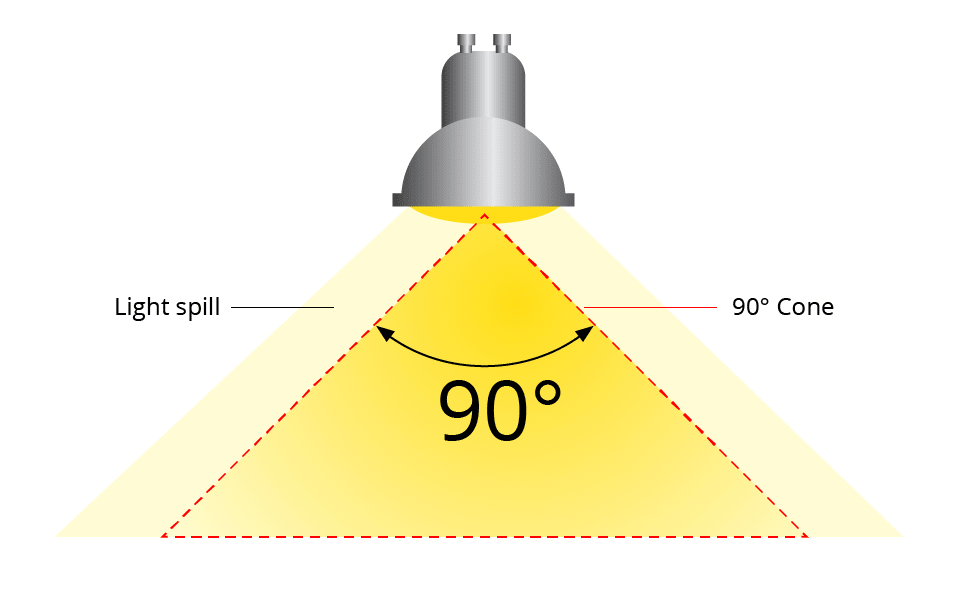
How much lumen do I need?
The number of lumens you need for a room depends on many factors. For example, the size of the room; in a large room you need more light and therefore a higher number of lumens than in a small room. The shape of the room and the height of the ceiling also play a role. In a room with dark walls, you will need more light than in a room with bright or white walls. A light colour reflects light and you will need fewer lumens than in a dark room where light is not reflected from the walls.
When choosing the right lighting, it is a good idea to consider the purpose for which you need the light. We distinguish between general lighting and task lighting.
For task lighting, think of a kitchen sink or a bathroom sink. You want to illuminate a specific area because you need light there. In this case, you choose functional lighting.
General lighting often involves the main switch in the room. For example, the main light in the bedroom or the general light in the living room. You want to light the room at the touch of a button.
There are also many situations where you want to use lighting for different purposes. For example, if you are in the living room watching TV, you probably want mood lighting. But if you want to read a book in the evening, you want functional lighting. This is where a dimmer comes in handy.
For example, use a dimmer for the lights over the dining table. Use a brighter setting of, say, 800 lumens for working, a 400 lumens setting for eating, and dim the lamps to 200 lumens for ambient light at the table.
We'll give you some examples of lumens for different situations. That way you'll be well prepared and know which lights to choose.
- What lumens are bright? Is 100 lumen bright? 100 Lumens is about the amount of light emitted by a candle and is equivalent to 15 watts in an incandescent bulb, but only about 1.6 watts in an LED bulb.
- And what is 400 lumen in watts? This question also needs to have two answers: 400 lumen uses 40 watt when you have an incandescent bulb, but only 8 watt when we are talking about a LED lamp.
- What are the lumens of a 60 watt bulb? 60 Watts in lumens is 700 lumens for an incandescent bulb and 5,500 lumens for a LED bulb.
All huge differences in energy consumption.
If you want to know exactly how many lumens correspond to how many watts, there is a conversion table at the bottom of the page. You can also calculate the amount of lumen by using the lumen method, but these number are much simpler to use and will definitely give you the right amount of light for the different areas in your house.
Below is an estimate of how much lumen for a room for different rooms in your home.
How much lumen for hallway? -> 300 lumens
How much lumen for kitchen? -> 300 - 400 lumens
How much lumen for bedroom? -> 300 - 400 lumens
How much lumen for reading? -> 400 lumens
How much lumen for living room? -> 400 - 500 lumens
How much lumen for bathroom? -> 500 - 600 lumens
How much lumen for kitchen worktop? -> 700 - 800 lumens
How much lumen for bathroom sink? -> 700 - 800 lumens
How much lumen for office? -> 1000 lumens
Pro High Lumen
Some rooms require particularly high levels of light. Think of a shop, a hairdressing salon or a supermarket. Especially for the business market we have a range of Pro High Lumen LED panels. These panels, which are very easy to install, provide no less than 3,600 lumens of light with a power consumption of just 29 watts.
Looking to replace traditional fluorescent lighting? Take a look at our range of LED fluorescent tubes.These fit easily into existing luminaires, making them easy to replace. The lumen output is also very good, with models ranging from 850 to 7,000 lumens.
Save energy with LED lamps
LED lamps are a breakthrough in lighting technology. Unlike an incandescent lamp, an LED lamp produces very little heat. As a result, an LED uses only a fraction of the energy to produce the same brightness. This is why, for example, a 6.5 watt LED bulb has the same brightness as a 50 watt halogen bulb. That's an energy saving of up to 87%! And developments are still in full swing. The LED lamp will become even more efficient in the coming years. LEDs also have a much longer life.
Do you miss the cosy look of an old-fashioned incandescent bulb with filaments running through the bulb? Then choose a LED filament lamp. This is an LED bulb with the look of an incandescent bulb. So it's economical, but still high in lumens.
Lumen watt conversion table
Use the table below as a lumen to watt conversion table to compare lumens and see what it takes to get the same brightness as the incandescent bulb you want to replace.
| Incandescent | Halogen lamp | Energy saving lamp | LED lamp | Lumens |
|---|---|---|---|---|
| 7 W | 1,2 W | 50 lm | ||
| 15 W | 100 lm | |||
| 18 W | 2 W | 150 lm | ||
| 25 W | 5 W | 3 W | 200 lm | |
| 28 W | 6 W | 300 lm | ||
| 40 W | 8 W | 8 W | 400 lm | |
| 500 lm | ||||
| 42 W | 11 W | 600 lm | ||
| 60 W | 13 W | 700 lm | ||
| 15 W | 800 lm | |||
| 52 W | 10 W | 850 lm | ||
| 75 W | 16 W | 900 lm | ||
| 18 W | 1.100 lm | |||
| 100 W | 70 W | 22 W | 1.300 lm | |
| 25 W | 1.500 lm | |||
| 28 W | 1.800 lm | |||
| 105 W | 1.900 lm | |||
| 150 W | 33 W | 2.100 lm |

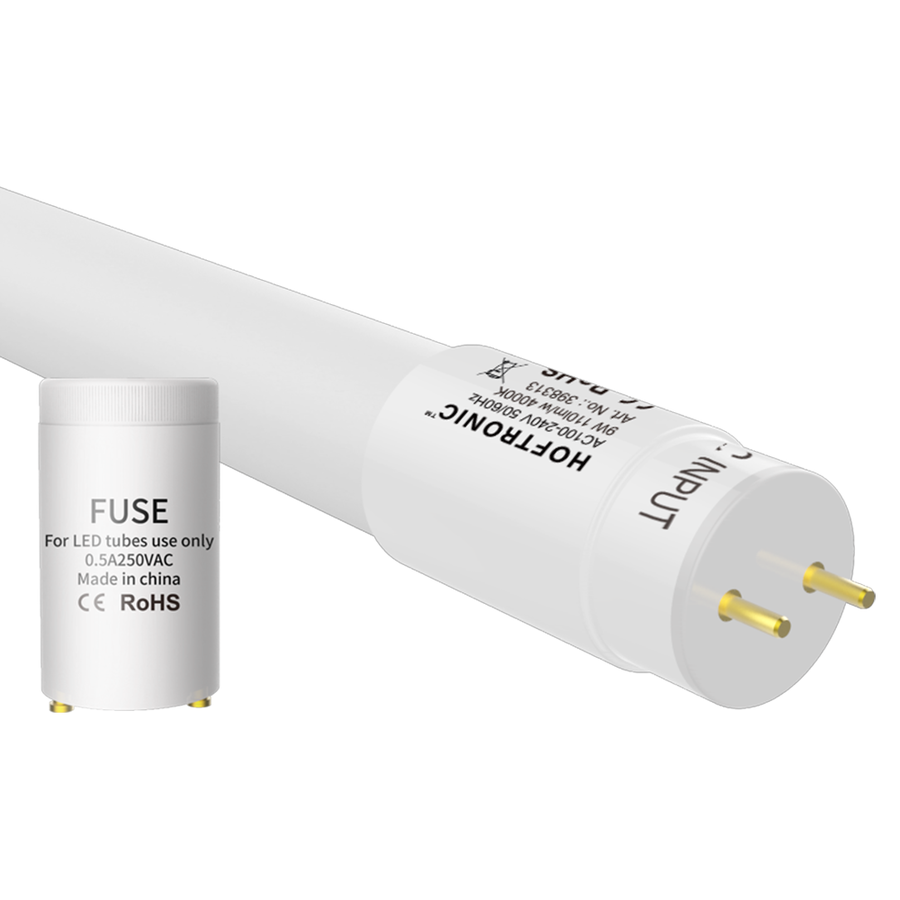
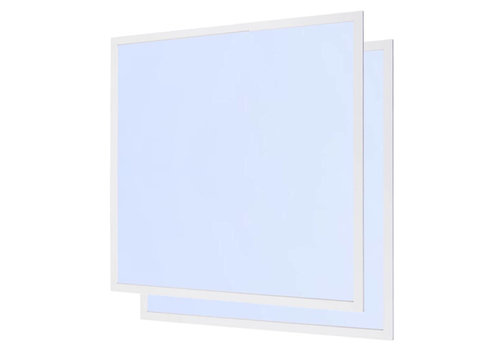
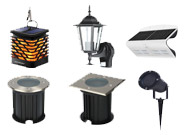
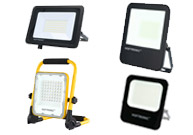

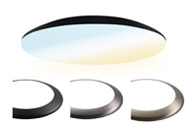
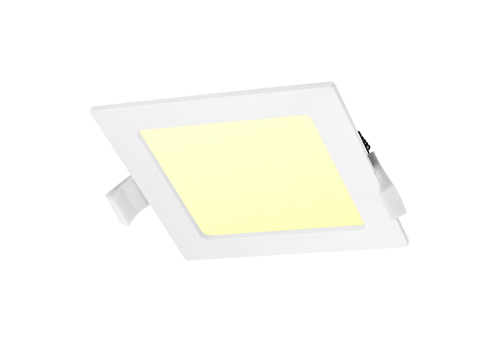
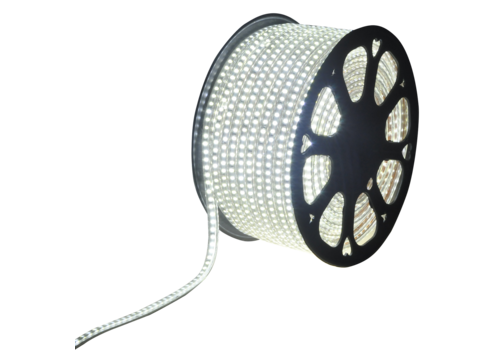

Comments
Be the first to comment...